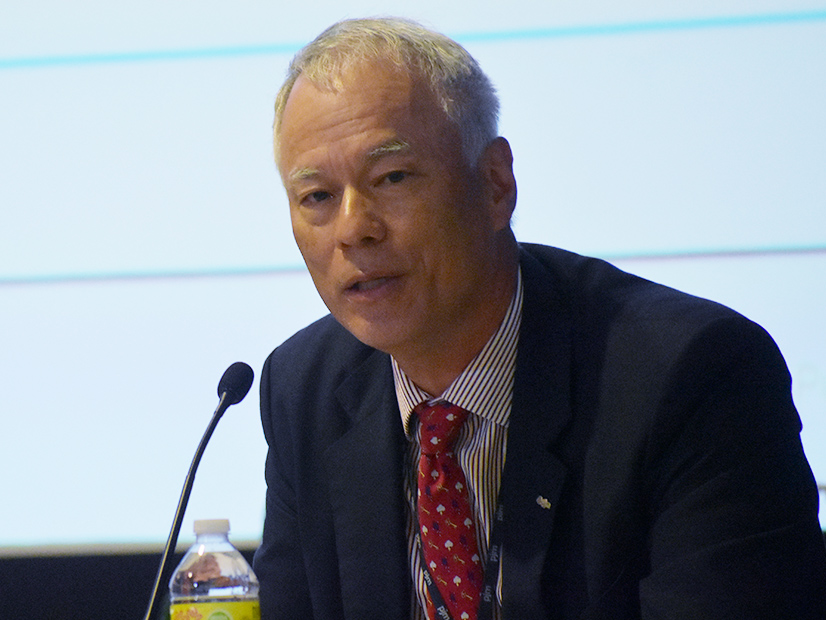The PJM Board of Managers on Dec. 11 approved an estimated $5 billion package of transmission projects in the third window of its 2022 Regional Transmission Expansion Plan.
In its announcement of the approval, PJM said it is forecasting 7,500 MW of new data center load in Virginia and Maryland, much of which is expected to be clustered around Dulles Airport in Northern Virginia. The RTO is also expecting about 11,000 MW in generator deactivations, most notably the 1,295-MW Brandon Shores plant outside Baltimore.
The package is made up of dozens of components submitted by Dominion Energy, FirstEnergy, Exelon, PPL, NextEra Energy, Transource Energy and Public Service Enterprise Group. (See “Second Read of $5 Billion in RTEP Projects,” PJM PC/TEAC Briefs: Dec. 5, 2023.)
The work includes constructing new 500-kV lines from Northern Virginia northeast to the Peach Bottom substation in Pennsylvania, northwest to the 502 Junction substation in West Virginia and south to the Morrisville substation in Southern Virginia.
The board’s approval caps off a process that began with the opening of the competitive window for transmission owners to submit projects in February. The normal 90-day window was extended to close May 31, and PJM presented three shortlisted packages on Oct. 3 before an Oct. 31 presentation of the proposal to the Transmission Expansion Advisory Committee that it ultimately brought to the board. (See PJM Shortlists 3 Scenarios for 2022 RTEP Window 3.)
Maryland Office of People’s Counsel Deputy William Fields told RTO Insider that presenting the recommended set of projects at the end of October with the plan of bringing it to the board in December left little time for stakeholders and the public to evaluate the projects and draft comments to the board to allow them to come to a fully informed decision.
“It’s certainly true that this general issue has been talked about for many months, but we saw this actual list of projects Oct. 31 … and here it is weeks later being approved,” he said Wednesday.
Fields said his office had received high-level information about cost allocation from PJM on Dec. 12 and is in the process of evaluating the potential impact to Maryland ratepayers.
The functioning of the cost allocation formula in PJM’s tariff is understood by stakeholders, but Fields said that the scale of the package will present that methodology with a test it has yet to face.
“We’ve just gotten some preliminary information, and we’re trying to evaluate it and look at it in more detail. But the question is, does the usual allocation method produce reasonable results when you’re talking about extremely large amounts of new load?” he said.
During the second read of the proposal at the TEAC meeting Dec. 5, several members of the public objected to the package, citing concerns about disruption to historic regions along the proposed route, the inclusion of greenfield construction components, the cost and the likelihood of requiring additional major transmission expansions should load growth continue in the region.
PJM’s Sami Abdulsalam said the proposal represented the most efficient, cost-effective and resilient combination of the 72 project submissions received during the competitive window and that minimizing greenfield disruption and siting risk were among staff priorities. The RTO included with its TEAC meeting materials an FAQ detailing its role in selecting the proposals in the window.


